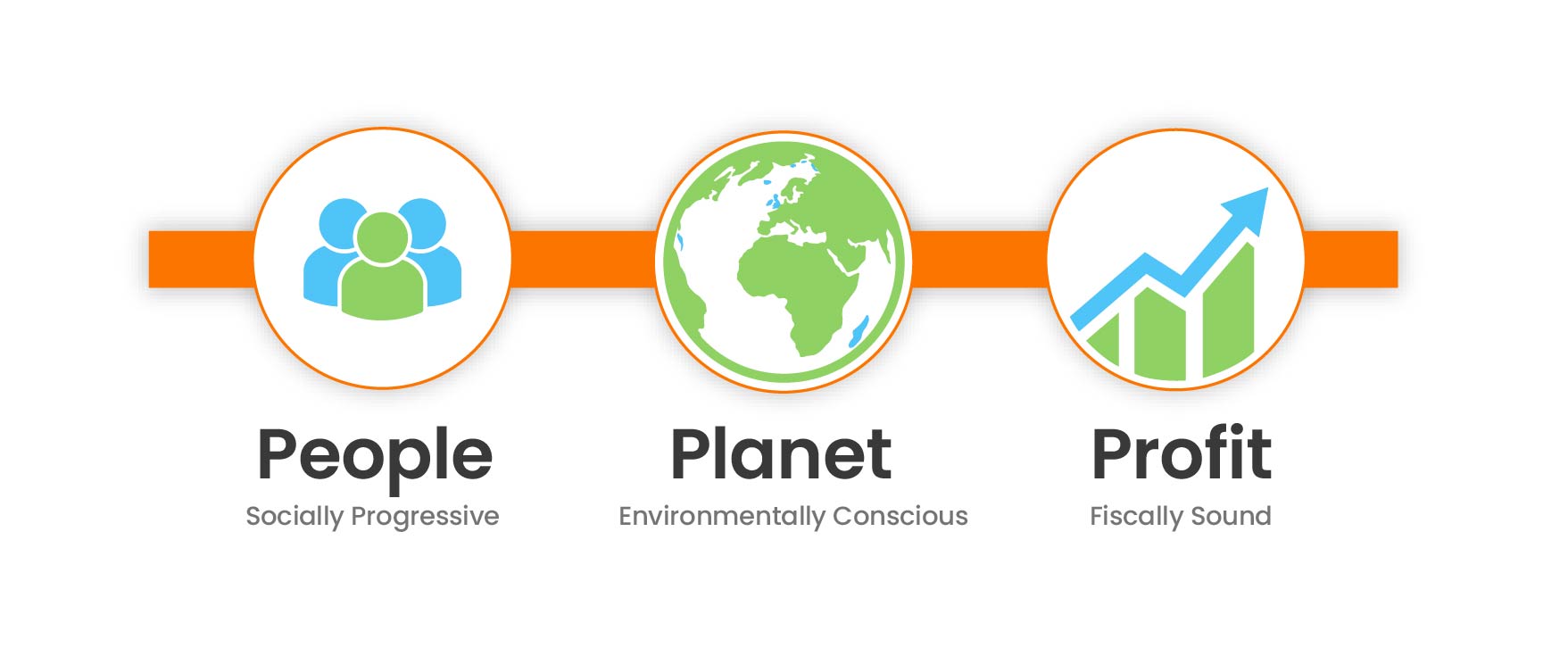India’s insurance market is moving forward towards rapid growth, with India projected to lead the G20 nations in premium expansion at an average of 7.3% annually. The insurance industry has been fast changing over the last five years, with many new developments, technological advancements and most importantly consumers awareness built up. The last two years have been marked by regulatory advancements and multiple innovations in product development. In 2025, the sector will witness more risk management strategies, followed by digital transformations, integrated solutions, personalised products, and products addressing cyber risks and climate change.
The next few years is expected to witness significant consolidation, creating the way for a more collaborative and unified approach within the industry. Below are five key insurance trends for 2025:
Advanced technologies: Automation and Artificial Intelligence (AI) will continue to evolve the way insurers interact with consumers across the value chain- product design, distribution, underwriting, pricing and most importantly, claim settlements. This year will witness more use of large language models (LLMs), Computer Vision (CV) technologies, Generative AI, Optimal Character Recognition (OCR) for Indian languages. Prompt engineering will be utilized in the underwriting process to extract and summarize data, simplifying the overall procedure. Companies will focus on reducing the turnaround time for claim settlements.
Growing demand for low-cost insurance: This segment will witness surge in 2025 due to its affordability, tailored features, and cost-effectiveness. It is today catering to diverse consumer segments, offering flexible options and wide-ranging benefits, making it an effective choice for many, especially in the smaller pockets. Data analytics and big data will be used more effectively to discover consumer behaviour, their income brackets, buying patterns, medical/ health history to offer more tailored products. The life and health insurance segments will see a tailored and low-cost approach; many of the health products are set to incorporate enhanced OPD and wellness benefits.
Usage-Based Insurance (UBI): UBI known as pay-as-you-drive or pay-how-you-drive insurance, will also witness great traction in 2025. UBI has shown its potential in addressing challenges like risk assessment, premiums calculation and consumer engagement; adjusting premiums based on real-time data. This model is quickly gaining consumer confidence, as consumers feel rewarded with personalized insurance offering based around driving behaviour, speed, acceleration, brake pattern, and distance travelled, usage of mobile while driving. There is a sense of transparent pricing model. It is also expected to be explored in commercial fleet management, where, with the UBI systems, fleet operators can monitor driver behaviour, optimise routes, and insurers can potentially reduce insurance costs.
Insurance for climate change: Risks related to weather are constantly changing and evolving. The recent Los Angeles fires, floods and cyclones in different regions of India, constantly remind us of the climatic uncertainties across the globe. And this growing threat of climate change has direct implication on the insurance industry. As a result, even in India, insurers will need to refine the pricing strategies, rebuild risk models, and introduce innovative climate-focused insurance products to address these emerging challenges effectively. There will be a stronger focus on property insurance, with more innovative products emerging to enhance consumer safety. Reports suggest that, up to US$183bn of premiums could be generated globally by 2040 as a consequence of climate change.
Cyber Insurance: Consumers are eventually understanding that cyber insurance is not an expense, but an investment. Industries driven by digitization like IT, pharma, manufacturing and those integrated with broader economic sectors like retail, finance, supply chain are more prone to cybercrimes. In the next few years, cyber insurance will witness growing demand and value across businesses of all sizes. This market in India, is valued at US$ 50–60 million, maintaining a steady 27–30% CAGR in the past three years. To maximize outreach, insurers in India should look at aligning premiums with the benefits offered in cyber insurance.
It is significant that the insurance industry is focused on protecting consumer data. With the rise of big data and analytics, consumer information is increasingly being stored digitally, enabling insurers to tailor products based on buying behaviour. As a result, data security is more critical than ever. Regulatory frameworks are driving insurers to implement stricter data protection measures, making secure data management a key competitive advantage. While the industry is growing rapidly, it is the responsibility of both insurers and consumers to share the responsibility of safeguarding the integrity and best interests of insurance.
Source: Fortune India, 15th March 2025



